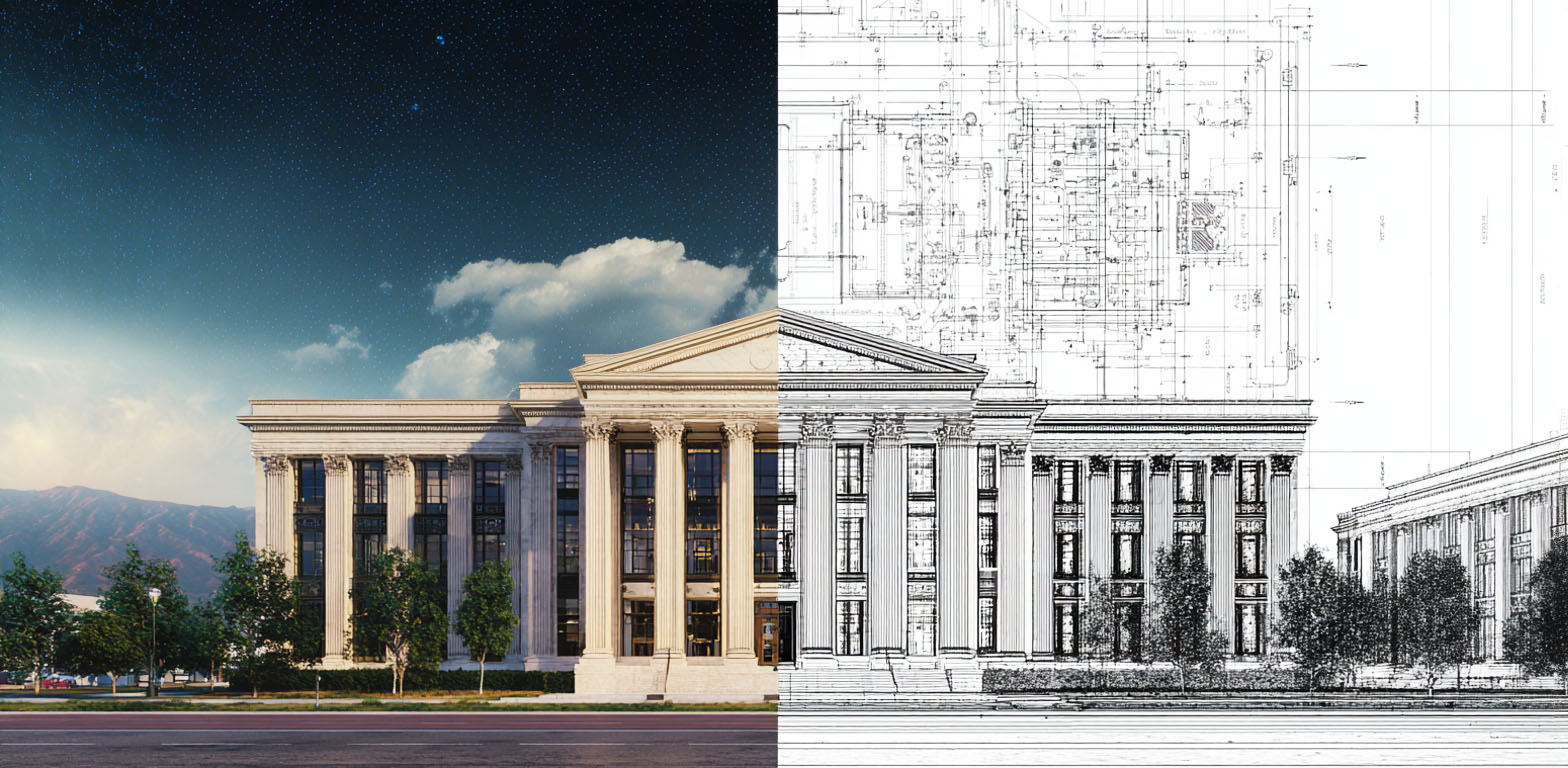Lawyers and Engineers

Modern warfare increasingly relies on low-cost, unmanned devices operated either autonomously or under remote human control. This approach has managed to successfully challenge the superiority of conventional weapons of war. As India plans to upgrade its fleet it would do well to embrace this change.
This is a link-enhanced version of an article that first appeared in the Mint. You can read the original here. If you would like to receive these articles in your inbox every week please consider subscribing by clicking on this link.
In his book, Breakneck: China’s Quest to Engineer the Future, Dan Wang describes two distinct approaches to development. China, he argues, has risen to its current global stature on the back of an engineering mindset—the unshakeable belief that social problems can be overcome by solutions we build. America, by contrast, has focused on governance, letting the rule of law and process adherence guide its development pathways. Seen this way, today’s bipolar order is a contest between China’s engineering state and America’s lawyerly state.
Engineer State
China owes its approach to the fact that the political leadership in China has always been composed of STEM-trained technocrats. As a result, it treats infrastructure projects as tools of governance and executes them with single-minded focus. When it needed to bring mobility and connectivity to its more remote regions, China did not hesitate to undertake ambitious decadal megaprojects that involved the construction of high-speed rail networks, bridges over uncrossable gorges and tunnels that ran for kilometres through mountains. To modernize rural districts, it built ultra-high-voltage lines to move power over thousands of kilometres and its South-North Water Transfer project to supply arid landscapes.
When the state prioritizes a sector in China, it does not merely subsidize it; it synchronises land, credit and procurement, and tasks local governments with aligning factories, training and logistics to meet that objective. This is engineering as statecraft: a bureaucracy that streamlines approvals, permits and procurement in order to meet state-supported objectives.
Lawyer State
America used to have a similar engineering temperament in the mid-20th century. In those days, public officials like Robert Moses built bridges, parkways and urban renewal projects with a single-minded focus that brooked no opposition. At the time, America looked far closer to today’s China than it does now.
But over time, this attitude provoked sharp reactions as public works began to erode constitutionally guaranteed rights and freedoms. Civil liberties and environmental movements began to enshrine new rights, establish processes and enforce safety regimes that progressively constrained how development needed to be carried out. This is why projects in the US today must continually demonstrate compliance with regulatory requirements and subject themselves to oversight and review. This is how the lawyerly state ensures that engineering zeal does not ride roughshod over individual liberties.
The long-term consequence of all this has been that development in the US is much slower than it should be. Today, despite numerous attempts to expand and upgrade its transit infrastructure, projects are frequently stymied by adversarial litigation and uncertain regulatory requirements. Despite the urgent need to add new nuclear plants, its energy grid has struggled under safety, environmental and licensing constraints. Newer technologies, such as consumer drones and driverless vehicles, have had to wait for the legal architecture to be built before they could commence commercial operations.
That said, the engineering mindset is not without its flaws. Zero-covid was China’s attempt at engineering a solution to a global pandemic. It plunged China into extreme lockdowns, with its people subject to repeated mass testing, centralized quarantine and metrics-driven containment. Not only was this approach eventually unsuccessful, it gave rise to social unrest and such a loss of trust in government that those who could afford it began to leave the country in droves. Decades ago, there was a similar attempt at socially engineering family life, when the state implemented a one-child policy, the disastrous consequences of which are still being felt. While the instrumental solutions of an engineering state work for problems in the physical realm, they frequently fail in social contexts.
The Middle Path
India sits somewhere between these two extremes. On one hand, we have inherited a lawyerly reflex from the Raj that gave us arcane regulations, bureaucratic processes and a penchant for compliance that pervades all our interactions with the state. But, over the last two decades, we have almost unexpectedly also developed an engineer’s spirit, which has made it possible for us to build powerful digital public infrastructure (DPI) solutions, which allows us to significantly accelerate our development trajectory. What’s more, these solutions have withstood legal challenges, demonstrating that well-crafted engineering solutions can operate within a lawyerly construct.
America and China might currently be the two poles of our modern bipolar world, but the philosophies they represent occupy extreme ends of the spectrum. And even though this has allowed them both to achieve impressive success, it has come at a significant cost. India’s DPI approach strikes a balance between the engineer’s single-minded focus on built solutions and the lawyer’s emphasis on process and procedure. While it may have only been applied to a relatively limited number of sectors so far, it demonstrates how engineers can design solutions that not only align with the law, but also ensure compliance through their design.
This is the middle path to progress. One that strikes a balance between the urgent needs of development and the rights of those who benefit from it.
